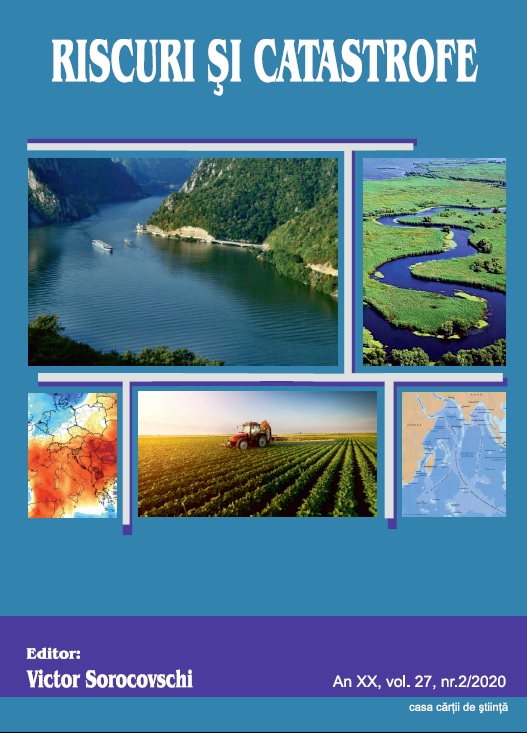Insights on the Indian Ocean Tectonics and Geophysics Supported by GMT
Insights on the Indian Ocean Tectonics and Geophysics Supported by GMT
Author(s): Polina LemenkovaSubject(s): Geography, Regional studies, Physical Geopgraphy, Applied Geography
Published by: Editura Casa Cărții de Știință
Keywords: Indian Ocean;geomorphology;seafloor; geophysics, topography;GMT;
Summary/Abstract: This paper presented analyzed and summarized data on geological and geophysical settings about the tectonics and geological structure of the seafloor of the Indian Ocean by thematic visualization of the topographic, geophysical and geological data. The seafloor topography of the Indian Ocean is very complex which includes underwater hills, isolated mountains, underwater canyons, abyssal and accumulative plains, trenches. Complex geological settings explain seismic activity, repetitive earthquakes, and tsunami. Understanding and prognosis of the disastrous and catastrophic geological events is strongly based on correct data analysis, modelling and visualization. An important feature of this paper is mapping multi-source high-resolution data by GMT. Data include raster grids in NetCDF and GRD formats: ETOPO1, geologic and marine free-air gravity data, EGM96, age, spreading rates, and spreading asymmetry of the ocean crust by NOAA, total sediment thickness. Data were visualized by GMT modules to compare and analyze geophysical and geological settings of the Indian Ocean. Visualization reveled correlations between high bathymetric variations of the oceanic seafloor, distribution of main geological seafloor fabric: Southwest, Southeast, Mid and Carlsberg ridges. Tectonic maps were plotted to perform comparative analysis of several variables: crust age, spreading half rates (mm/yr), asymmetries in crustal accretion on conjugate ridge flanks (%), variations in the geopotential and gravimetric models. Being the warmest of the world’s ocean, Indian Ocean has specific climatic conditions (repetitive monsoons, tsunamis, cyclones and storms), complex geologic seafloor structure with triple junction and unique geographic settings. Presented paper contribut ed to the regional studies of the Indian Ocean.
Journal: REVISTA RISCURI SI CATASTROFE
- Issue Year: 27/2020
- Issue No: 2
- Page Range: 67-83
- Page Count: 17
- Language: English

